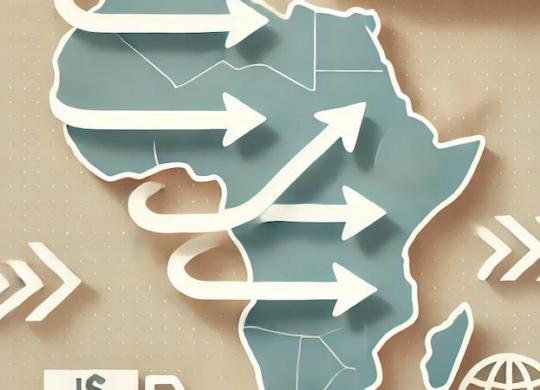Are Stablecoins in International Money Transfers Competitive?
Stablecoins have emerged as a competitive alternative in the international money transfer market. However, their effectiveness largely depends on the ease of on/off ramping in both the origin and destination countries. To explore this, ...
Read more
Using Pix for Payments in Brazil for Visitors
In Brazil, embracing digital payments has become essential for both convenience and security. Pix, an instant payment system developed by the Banco Central do Brasil (central bank), simplifies transactions across the country. For visito...
Read more
What Does Sticky Inflation Mean for International Money Transfers?
When inflation in the US doesn't want to go down, despite what the experts do, it creates a bit of a puzzle. This kind of stubborn inflation affects everything from how much you pay for groceries to how much money you can send overseas. Here’s how it works and why knowing about it matters.
What Does Sticky Inflation Really Mean?
Read more
The Remittance Revolution in the Middle East: Efficiency Digital Innovation and Regulatory Changes
The remittance industry in the Middle East, particularly in nations like Saudi Arabia and the UAE, is witnessing a transformative surge, propelled by digital innovation. With the global digital cross-border transfers market poised for significant growth, from $148.08 billion in early 2023 to an anticipated $339.87 billion by 2030, the Middle ...
Read more
Transforming Traditions: Money Exchange Houses
Money exchange houses are important part of international remittances, particularly in regions like the Middle East, where a substantial expatriate population relies on these services for sending money home. As digitalization transforms the remittance landscape, money exchange houses are navigating a pivotal transition, balancing traditional operations with the incorporation of digital innovati...
Read more




